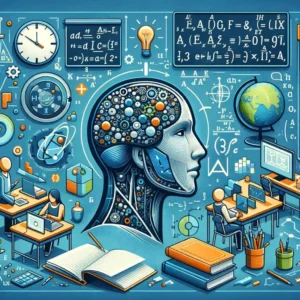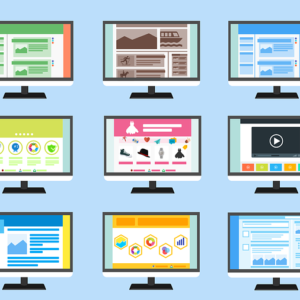Meeting the needs of all learners is crucial to fostering an inclusive and supportive environment. One powerful way to support students with varying learning styles, abilities, and challenges is through the use of text-to-speech (TTS) tools. These tools convert written text into spoken words, helping students who struggle with reading, visual impairments, dyslexia, or attention deficits. By providing auditory access to content, TTS tools can level the playing field and empower students to engage with material more effectively.
Why Text-to-Speech Tools Matter
1. Accessibility for All
Text-to-speech tools break down barriers for students with disabilities. For example:
- Students with dyslexia or other reading difficulties can focus on comprehension rather than decoding words.
- Visually impaired learners can access digital content without relying solely on braille or screen magnifiers.
- English language learners (ELLs) benefit from hearing correct pronunciation and intonation.
2. Improved Focus and Comprehension
Some students retain information better when they hear it aloud. TTS tools allow learners to process information through both auditory and visual channels, enhancing understanding and memory retention.
3. Increased Independence
By using TTS tools, students gain confidence in their ability to complete assignments independently. This autonomy fosters a sense of ownership over their learning journey.
4. Multitasking Opportunities
For busy students juggling multiple responsibilities, TTS tools enable them to listen to study materials while commuting, exercising, or doing chores—making learning more flexible and convenient.
Popular Text-to-Speech Tools for Diverse Learners
Here are some widely used and effective text-to-speech tools that cater to different needs:
1. NaturalReader
NaturalReader is a versatile TTS tool available as both desktop software and a web application. It supports PDFs, Word documents, eBooks, and even scanned documents. With its natural-sounding voices, NaturalReader is ideal for students who need high-quality narration.
- Key Features: OCR (Optical Character Recognition), customizable voice options, mobile app integration.
- Pricing: Free version available; premium plans start at $9.99/month.
2. Read&Write by Texthelp
Read&Write is a comprehensive literacy support tool designed specifically for education. In addition to TTS functionality, it includes features like word prediction, dictionary definitions, and translation services.
- Key Features: Highlighting tools, talking calculator, vocabulary list builder.
- Pricing: Free trial available; individual licenses start at $145/year.
3. Google Chrome Extensions: Snap&Read and Immersive Reader
Both Snap&Read and Microsoft’s Immersive Reader offer browser-based solutions that integrate seamlessly with Google Docs, PDFs, and websites.
- Snap&Read: Simplifies complex texts, translates languages, and reads aloud.
- Immersive Reader: Focuses on readability with adjustable font sizes, spacing, and background colors.
These extensions are excellent for classrooms leveraging Google Workspace or Microsoft 365 ecosystems.
- Pricing: Both have free versions; paid upgrades available.
4. Voice Dream Reader
Voice Dream Reader is a robust app for iOS and Android devices. It supports a wide range of file formats and integrates with cloud storage platforms like Dropbox and Google Drive.
- Key Features: Offline reading, synchronized highlighting, speed control.
- Pricing: One-time purchase of $9.99 for basic features; additional add-ons available.
5. Balabolka
Balabolka is a free, Windows-based TTS program that works offline. It’s particularly useful for educators or families looking for budget-friendly options.
- Key Features: Customizable interface, export audio files, supports multiple input formats.
- Pricing: Completely free!
Tips for Integrating Text-to-Speech Tools into Learning
1. Start Small
Introduce one tool at a time and provide training sessions to ensure students feel comfortable using it. Encourage experimentation so they can find what works best for them.
2. Personalize Support
Not every student will benefit equally from the same tool. Offer a variety of options and let learners choose based on their preferences and needs.
3. Combine with Other Assistive Technologies
Pair TTS tools with other assistive technologies, such as graphic organizers or note-taking apps, to create a holistic support system.
4. Promote Self-Advocacy
Teach students how to advocate for themselves by identifying which tools help them succeed. Empower them to request accommodations confidently.
5. Monitor Progress
Track improvements in engagement, comprehension, and independence. Use this data to refine your approach and make adjustments as needed.
Text-to-speech tools are invaluable resources for supporting diverse learners in any educational setting. By leveraging these technologies, educators and parents can create more inclusive environments where every student has the opportunity to thrive. Whether you’re working with struggling readers, multilingual learners, or students with disabilities, there’s a TTS tool out there to meet their unique needs.






